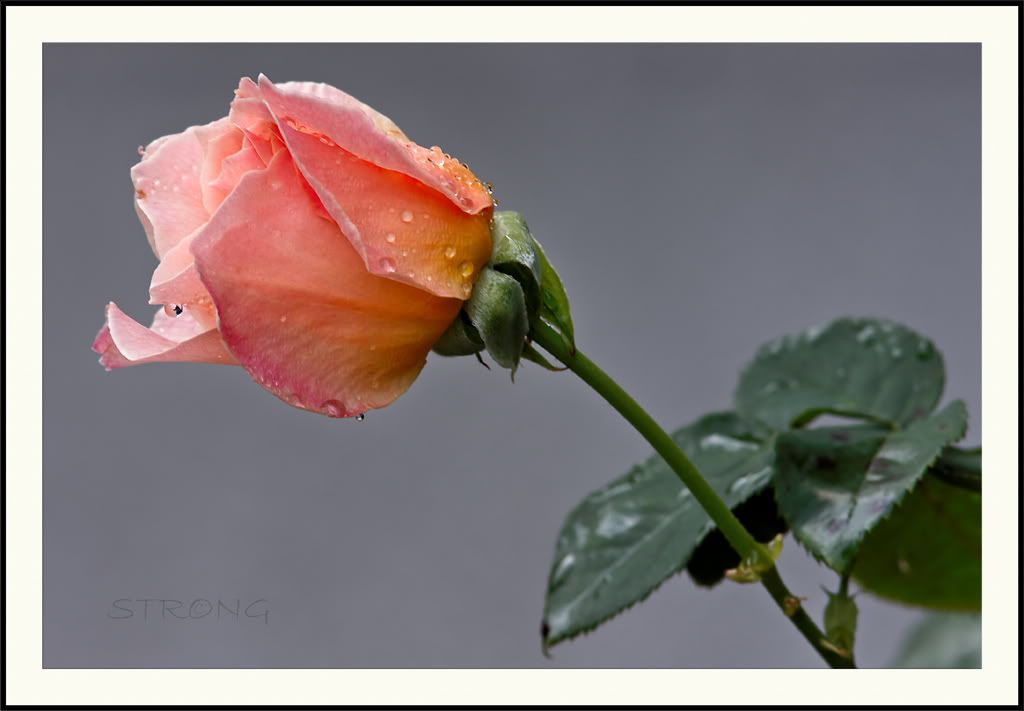Hello,
This was taken using the kit 18-55mm lens with a +4 close up attachment. I was playing around with various lighting and aperture/iso settings trying to get a whole focus shot, almost worked. Also wasn't sure about leaving the backdrop just the plain colour, any comments and thoughts are most welcome.
Exif:
Model:NIKON D3100
Shutter Speed:1/50 second
Aperture:F/10.0
Focal Length:18 mm
ISO Speed:200
Results 1 to 4 of 4
Thread: Night Orchid
-
23rd November 2011, 09:33 AM #1
Night Orchid
-
23rd November 2011, 05:01 PM #2

- Join Date
- Aug 2009
- Posts
- 2,342
- Real Name
- Steve
Re: Night Orchid
Jason, i think you picked one of the most difficult subjects to photograph.
Flowers not only require, but 'demand' the best light. The light you can only get in the golden hour. Supper soft natural light.
All the rules of photography apply.........foregrounds/backgrounds/color/shape/angles/exposure/aperture.
I've alway thought of flower photograpy as being similar to portrait photography. I like the looks of a longer lens and a very smooth bokeh. I usually use my 300mm lens for flowers.
Many use a macro lens, but i find the sharpness and contrast to harsh most of the time. A high quality portrait lens gives a softer look that a flower needs in my opinion.
It's hard to get a high quality shot of a flower, unless you have them planted in flower pots so you can move them around, or take a clipping and move it to a suitable location for a shot. Position it so it looks natural (pay attention to how it looked before you clipped it)
The angle of the light is important(sometimes a well positioned reflector is needed to add light to shadow areas), and leave some room between the subject and the background. This will eliminate unwanted shadows and allow your lens to blur the background.
I'm no flower expert, so hopefully some of the others will give some feedback. These are just a few things i've learned with my limited experience of flower photography.
Here are a few examples..................
This one i used my car door for the background because i liked the color contrast it offered. The flower was in a pot and i was able to move it into the evening light with the car door for the background. There was plenty of distance between the flower and car to get a smooth blur of the background....

This one was a clipping positioned in front of the grey foundation of the neighbors house. I sprayed some water on it for an added effect................

This one i set up backlit in the early morning sun. It was in a flower pot and i placed it on the railing of the back deck. I opened the back door and took the shot from across the room inside the house. The background was a row of dark pine trees, which went to pure black after exposing for the flower.

Hope these tips help and welcome to CiC, jason.
-
23rd November 2011, 06:11 PM #3
Re: Night Orchid
Hi Jason,
I agree with Steve's comments. Flower photography is fun but also demands good lighting, focus and exposure. Many of my flower shots are taken outside in natural light but I really prefer shooting inside where I can control all the conditions. Here is my setup I used for "Pink Perfection" in Mini Competition #724. It's very simple, a single light source, a white reflector and black background (both foamcore). I normally use "stacked focus," a common technique used in macro photography to increase the depth of field. Pink Perfection was created from four images combined in a program called Helicon Focus. I used a strobe in my setup but this could also have been window light or a flash unit bounced off a white reflector. IMO, a soft, diffused light source is needed to bring out the delicate structures and colors. Watch your background when shooting flowers so that it does not create a competing distraction from shapes or colors; sometimes these can work very nicely. You can also place a small piece of mat board or foamcore behind the flower to eliminate distractions. When working outdoors, I prefer shooting with an open sky or overcast to get soft light. Flower motion from wind can be a big problem for closeups when focus is critical and shallow. A stick or dowel stuck in the ground and wired to the flower's stem will help steady the flower.
In this setup shot, notice my black background appears dark blue. I used the room's tungsten lights to make this shot and white balanced for them. This is a long exposure and I fired the strobe to light the flower. The blue part of the strobe's spectrum made the black foamcore appear blue. It's an example of the big difference between daylight (i.e. strobe) and tungsten light.
Experiment and have fun. You'll discover what works for you, with your equipment and style.
- Paul -

-
24th November 2011, 06:41 AM #4
Re: Night Orchid
Hi Steve and Paul,
Thank you very much for the advice and feedback. Now I have lots of ideas to try and experimenting to do. Thanks again.
Cheers
Jason

 Helpful Posts:
Helpful Posts: 

 Reply With Quote
Reply With Quote